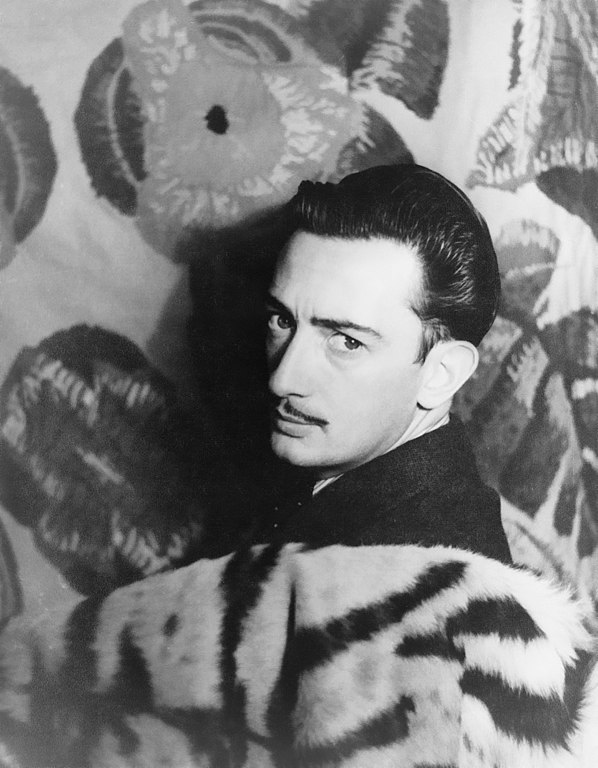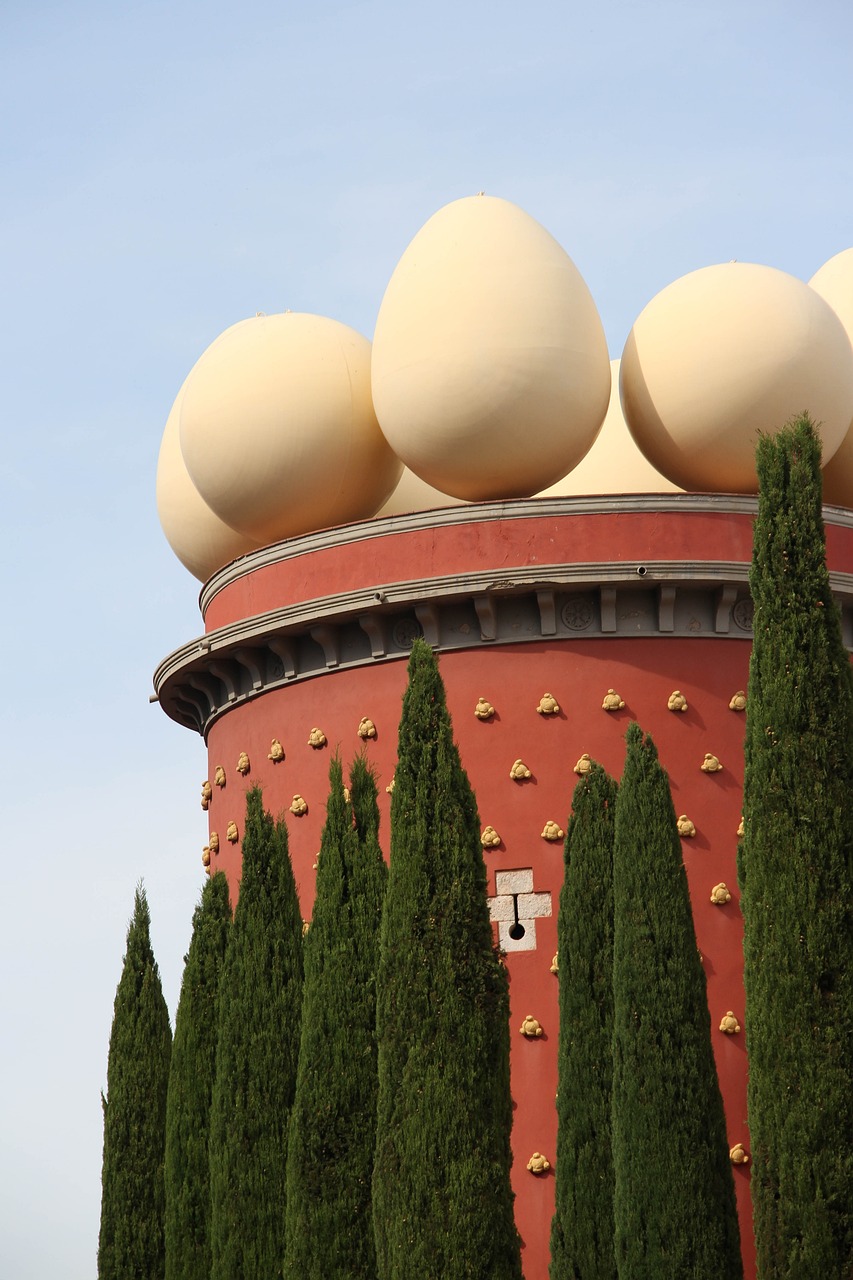Leading figure of surrealism, Salvador Dalí was an eccentric and meticulous artist with an inimitable dandy appearance.
The Spaniard influenced the art history with a highly realistic technique that showed his immense respect for the old masters.
Here are 6 things you must know about Salvador Dali.

1 - He lived a difficult childhood
Salvador Domingo Felipe Jacinto Dalí i Domènech, his real name, was born on 11 May 1904 in Figueras, Spain.
His father was an authoritarian man, and at his birth, Salvador acted as a substitute son following the death of his parents's first child.

Salvador Dalí in 1939
Throughout his life, Salvador Dalí lived very badly this situation with his parents because he did not feel considered as a full-fledged child. A quotation expresses well this uneasiness: "I was born double. My brother, the first attempt at myself, an extreme genius and therefore not viable, had nevertheless lived seven years before the accelerated circuits of his brain caught fire."
At the age of twelve, he discovered the joys of art with a local painter he frequented, a certain Ramón Pichot, who introduced him to the most popular impressionist painting.
In February 1921, his life was turned upside down, his mother died of cancer of the uterus, Salvador Dalí was only 16 years old. Shortly afterwards, his father remarried his mother's sister, which the artist refused to accept.
2 - In 1922, he left his native Catalonia to join the Academy of Fine Arts in Madrid
With his bachelor's degree in hand, the young Salvador left Figueras to study at the Royal Academy of Fine Arts in Madrid. He immediately attracted the attention of his classmates with his dandyish appearance and eccentricity.

During his studies, he became friends with Luis Buñuel and Federico García Lorca. The young painter is then in search of his style and navigates between several artistic movements of his time.
"There is always a moment in their lives when people realize that they adore me." Salvador Dalí
3 - Joan Miró encouraged Salvador Dalí to move to Paris to join the Surrealists led by André Breton
In 1929, Dalí came to live in Paris and joined the surrealists. He frequented the surrealist group made up of Jean Arp, Max Ernst, André Breton, René Magritte, Tristan Tzara, Man Ray, Paul Éluard and his wife Elena Ivanovna Diakonova, nicknamed Gala.

Gala and Dalí
The latter would later become the wife and muse of Salvador Dalí. The couple is considered today as one of the most mythical in the history of art as Frida Kahlo and Diego Rivera or Auguste Rodin and Camille Claudel.
"The only difference between a madman and me is that I am not mad." Salvador Dalí
4 - In the 1930s, Dalí presents his "paranoid-critical" method
Constructed with the help of his knowledge of psychoanalysis, it is a question here of freely calling upon his thoughts and delusions, of analyzing obsessive images present in his mind and which arise in his consciousness.
The artist said: "Paranoid-critical activity is an organizing and producing force of objective chance."
He thus moves away from the automatic writing pronounced by the Surrealists. It is with the help of this method that Salvador Dalí manages to create his famous painting called The Persistence of Memory (1931). This legendary work is kept in the Museum of Modern Art in New York.

The Persistance of Memory, Salvador Dalí, 1931
In this painting, the artist does not place himself in a realistic composition. He rather seeks to evoke places and temporalities disconnected from reality by using symbols to translate complex inner situations related to life, death, sexuality...
"Do not fear to reach perfection, you will never reach it." Salvador Dalí
5 - He painted his own Guernica
At the beginning of the Second World War, Salvador Dalí painted a painting comparable to Pablo Picasso's Guernica, it is the painting The Face of War (1940).
This work can be qualified as universal because it does not only evoke the current wars, but all the armed conflicts or the destruction throughout the world and the ages. This painting denounces the horrors of war and the suffering of men.
6 - A theater-museum is dedicated to him in Spain
The Dalí theater-museum which is located in Figueras opened its doors in 1974. It was built on the foundations of the old theater of the city.

The Dalí Theatre-Museum
Inaugurated during the artist's lifetime, this museum was an immediate success. It even became the second most visited museum in Spain after the Prado Museum in Madrid.
Salvador Dalí died on January 23, 1989 in Figueras, but his art continues to surprise us and to shine throughout the world.




